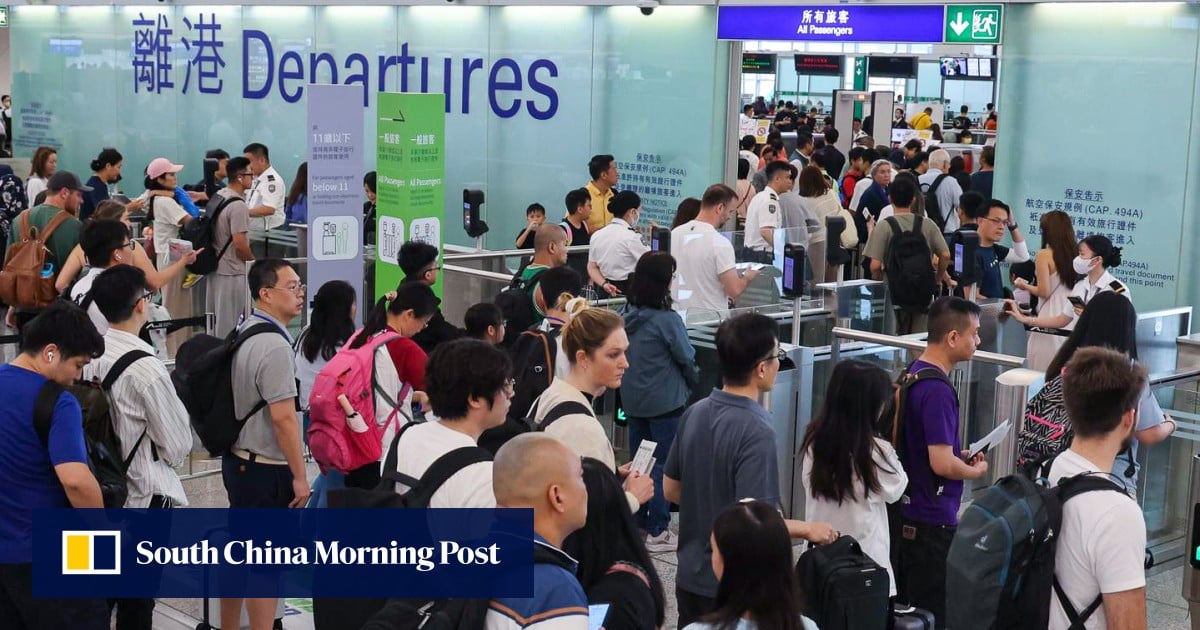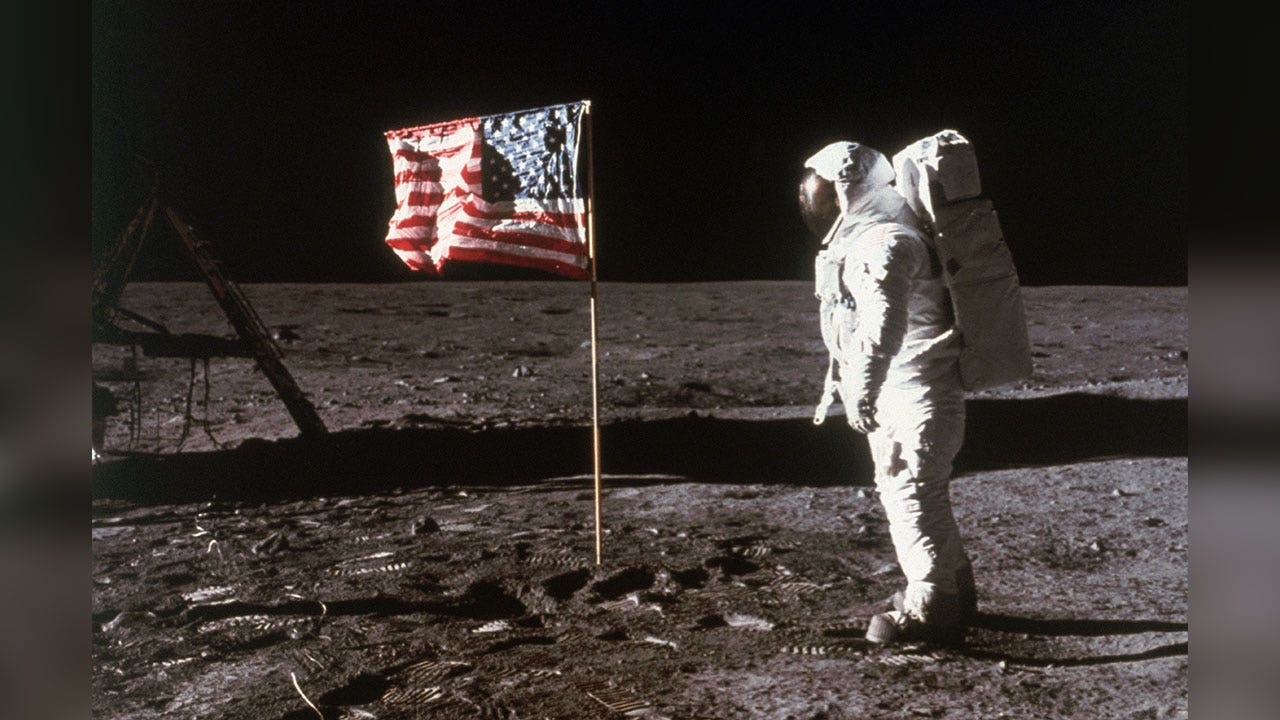Pope Leo XIV recently marked the 56th anniversary of humanity's first moon landing with a poignant visit to the Vatican astronomical observatory in Castel Gandolfo. This historic site, established by Pope Leo XIII in 1891, served as the backdrop for a thoughtful reflection on the monumental achievement of the Apollo 11 mission. The Pope's visit was not merely ceremonial; it was an homage to the spirit of exploration and innovation that defines human progress. He emphasized the lasting significance
Did You Know
Your taste buds have a lifespan of about 10 to 14 days, after which they are replaced.
?
AD
of the moon landing as a testament to ingenuity, echoing the broader theme of faith intersecting with scientific discovery.
During the visit, Pope Leo XIV made a noteworthy call to Buzz Aldrin, the famed astronaut who walked on the moon alongside Neil Armstrong. Aldrin, an enduring symbol of courage and achievement in space exploration, shared his memories of that historic day in 1969. The Pope reflected on the occasion as a moment to recognize the mystery and greatness of Creation, highlighting the importance of both human achievement and spiritual reflection.
This observance is part of the Vatican's growing engagement with contemporary scientific issues, illustrating a commitment to understanding the universe and humanity's place within it. The celebration of the moon landing resonates deeply within various cultural narratives, highlighting the ties between belief, curiosity, and the quest for knowledge. Through moments like these, the Pope fosters dialogue that not only honors past achievements but also inspires future generations to dream beyond earthly confines.
Q&A (Auto-generated by AI)
What are the impacts of Typhoon Wipha?
Typhoon Wipha caused significant disruptions in Hong Kong and southern China, including major flight cancellations and delays at airports. The storm brought heavy rains and winds exceeding 100 miles per hour, resulting in fallen trees, damaged infrastructure, and flooding. Over 80,000 travelers were affected by flight rescheduling, and many residents sought refuge in temporary shelters. The typhoon prompted the issuance of the highest storm warning, Hurricane Signal No. 10, reflecting its severity.
How do typhoons form and develop?
Typhoons, also known as tropical cyclones, form over warm ocean waters where temperatures exceed 26 degrees Celsius. They develop from clusters of thunderstorms that organize and strengthen due to warm, moist air rising from the ocean surface. As the system rotates, it gains energy, leading to the formation of a low-pressure center. Factors like wind patterns, ocean currents, and atmospheric conditions influence their intensity and trajectory, allowing them to evolve into powerful storms.
What safety measures are in place during typhoons?
During typhoons, authorities implement various safety measures to protect residents. These include issuing storm warnings, advising people to stay indoors, and closing schools and businesses. Emergency services prepare for potential rescues and evacuations, while shelters are set up for those in vulnerable areas. The public is encouraged to stock essential supplies, such as food and water, and to secure property against strong winds and flooding. Communication systems are also activated to provide real-time updates.
How does Hong Kong prepare for typhoons?
Hong Kong prepares for typhoons through a comprehensive system that includes monitoring weather patterns and issuing storm signals. The Hong Kong Observatory provides timely forecasts and alerts, allowing residents to take precautions. Infrastructure is reinforced to withstand strong winds, and emergency response teams conduct drills. The government also coordinates with transportation agencies to manage flight schedules and public transport, ensuring safety and minimizing disruptions during severe weather events.
What historical typhoons affected Hong Kong?
Hong Kong has experienced several devastating typhoons throughout its history. Notable examples include Typhoon Wanda in 1962, which caused extensive damage and loss of life, and Typhoon York in 1999, which led to severe flooding. More recently, Typhoon Hato in 2017 resulted in significant disruptions and damage. Each of these events has prompted improvements in disaster preparedness and response strategies, shaping how the city manages future storms.

















